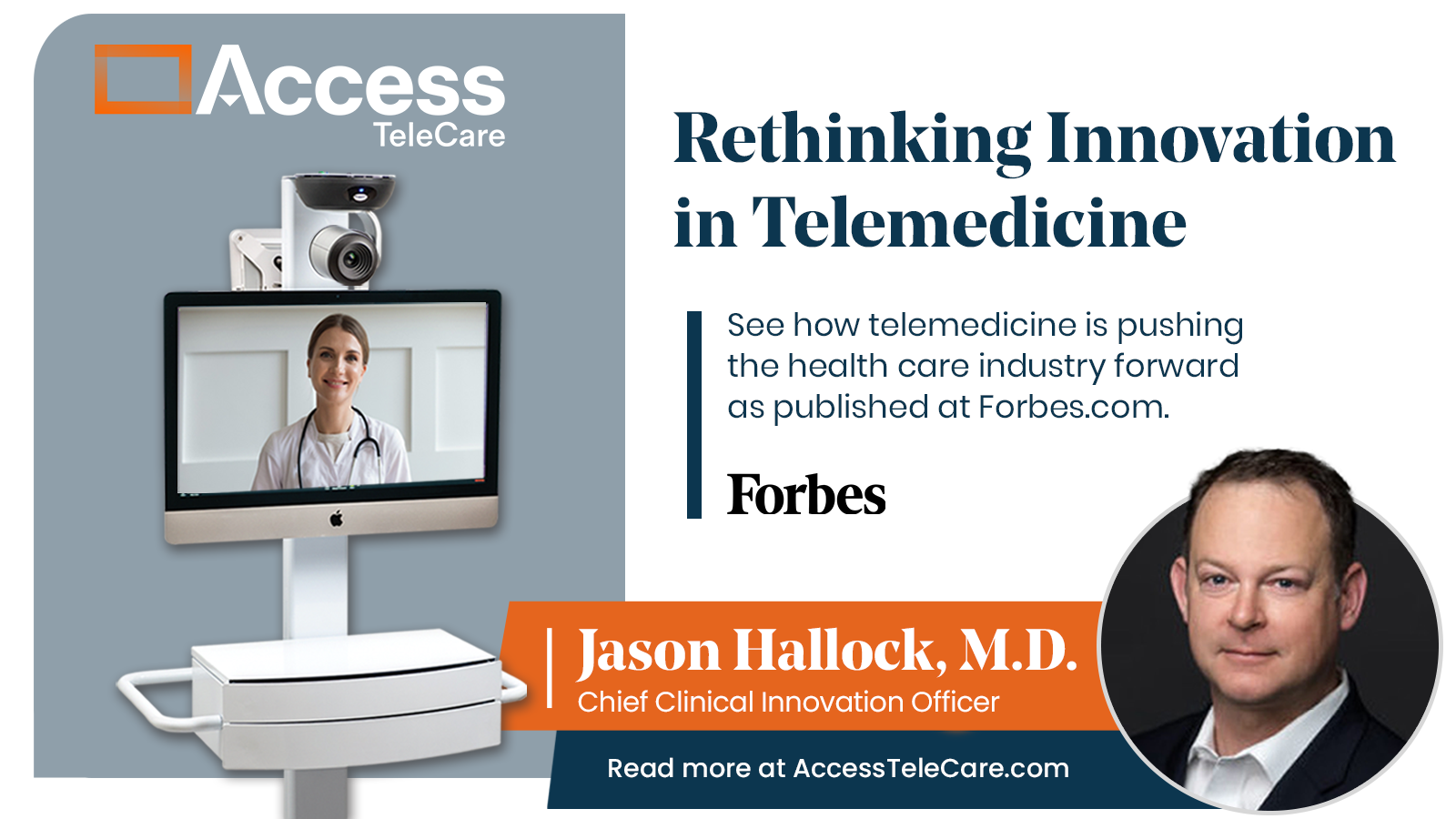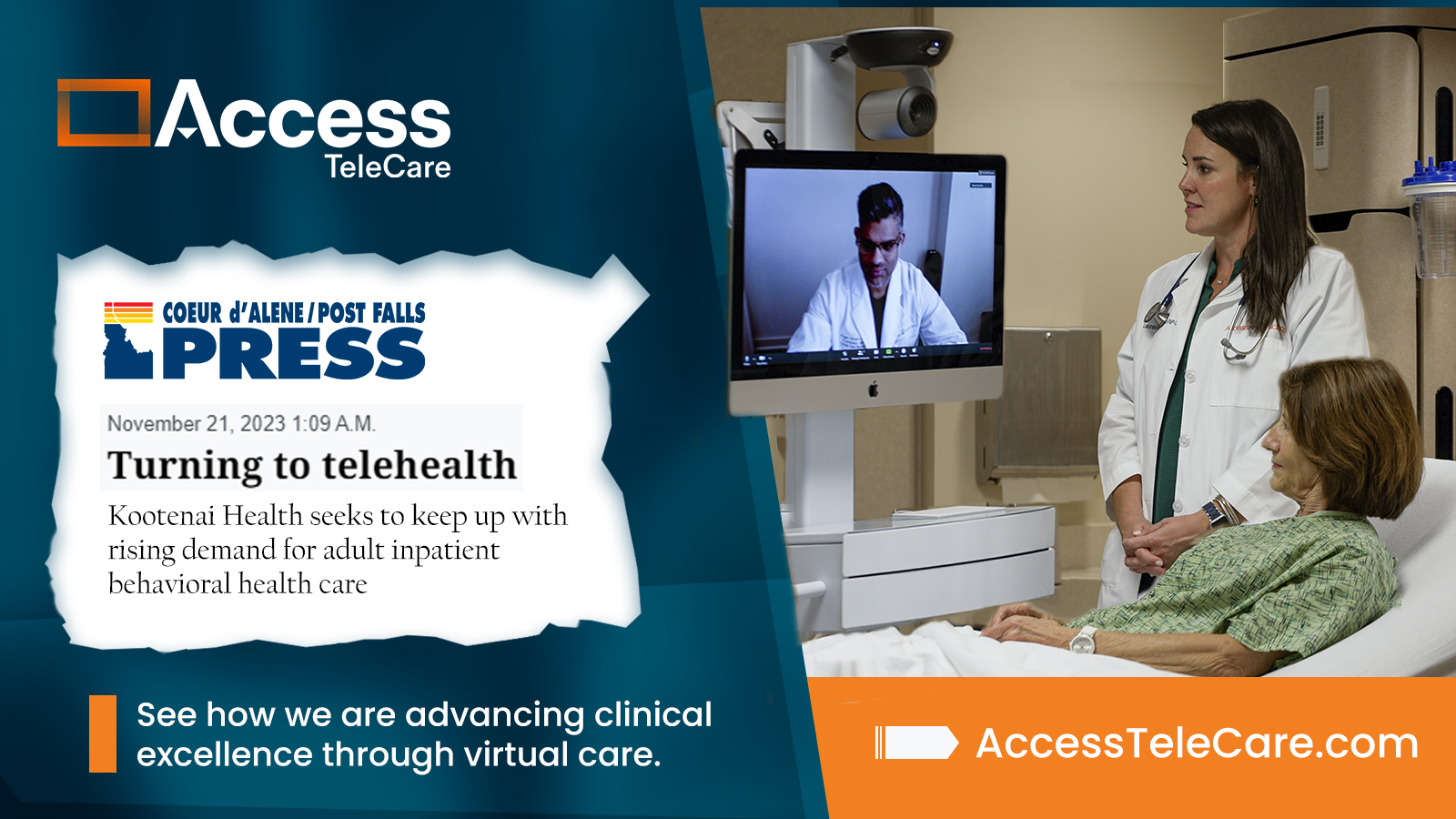There are key differences between direct-to-consumer telehealth for primary care and facilitated, managed specialty telemedicine. These differences matter for policymakers, hospitals, physicians, and patients to keep in mind.
Chris Gallagher, M.D., CEO of Access TeleCare articulated some of these differences in an Executive Q&A with Healthcare IT News:
“1. Telemedicine augments and enhances, not replaces, in-person care.
2. Telemedicine reduces access-to-care disparities and evens out geographic imbalances in physician supply and availability. Direct-to-consumer telehealth typically gives additional points of entry to the healthcare system for those who already have them. Facilitated and managed specialty telemedicine puts physicians in places where they have traditionally been missing to provide patients care they have traditionally lacked.
3. Telemedicine helps hospitals, clinics, and physician practices achieve financial, patient care and quality goals.
4. Telemedicine’s use in hospitals is not new, and some of the most forward-thinking hospitals early on recognized its value.”
Learn more about these differences in Dr. Gallagher’s interview with Healthcare IT News at: https://www.healthcareitnews.com/news/how-telehealth-can-help-solve-physician-specialist-shortage







